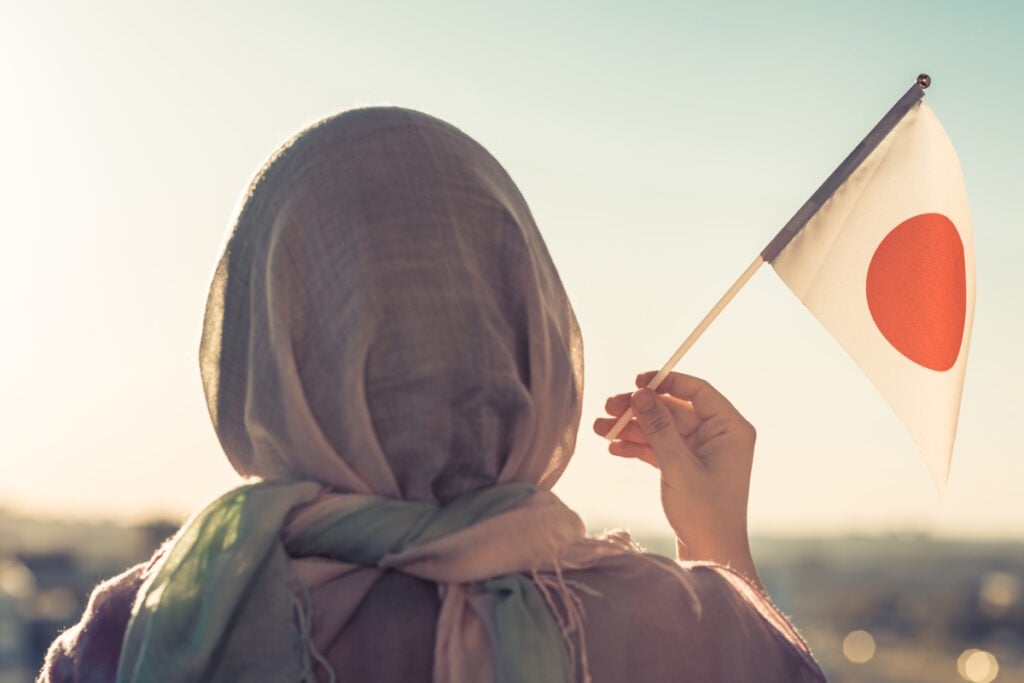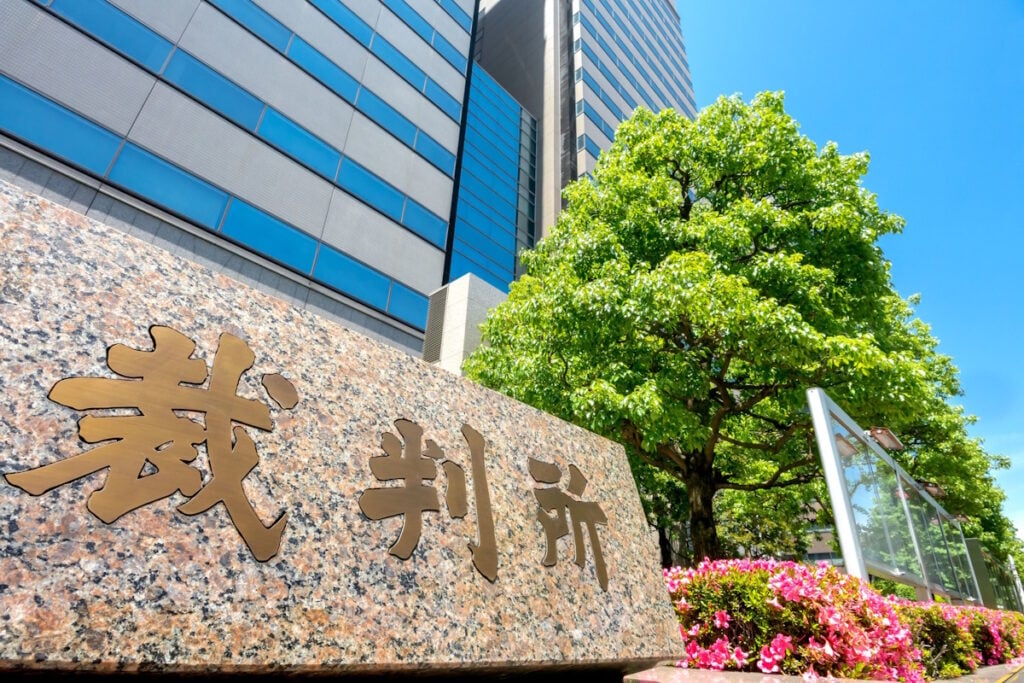Loneliness is on a killing spree in Japan, where people living alone are increasingly at risk of also dying alone. It’s not just the elderly who are dying, however. The issue spans across all age groups and is expected to only get worse.
Table of Contents
ToggleLongevity’s underbelly

Japan is home to the world’s largest number of centenarians. It is the G7 member with the highest life expectancy. And yet, death from loneliness is killing tens of thousands of old and hundreds of young people in Japan.
In the first three months of 2024, over 20,000 people in Japan died from kodokushi (孤独死), or dying alone. About 80% were elderly people above the age of 65. Over 2%, or about 500 ranged from teens to thirties.
Self-neglect leads to lonely deaths
Experts say that a variety of factors contribute to kodokushi, including poverty, dementia, and self-neglect. A study by Nisseikiso Research Institute in 2011 attributes self-neglect to about 80% of kodokushi cases.
Signs of self-neglect include failure to seek necessary medical care and maintain good personal and environmental hygiene. For the elderly, experts say dementia puts people at risk of engaging in self-neglecting behavior.
Young people living alone are falling victim

Japan has no legal definition of kodokushi. Its meaning differs by each government body and municipality. The Tokyo Medical Examiner’s Office defines kodokushi as “an individual from a single-person household who died in their residence from an unusual death such as suicide or other unspecified causes.”
Between 2018 and 2020, loneliness killed almost 750 young people in Tokyo alone.
Medical examiners told The Sankei Shimbun that it examined 1,114 people in their teens, twenties, and thirties who lived alone and died of “unusual deaths” within three years of 2020. The cause of death for 742 people, or 64.8%, was loneliness.
Although medical examiners did not keep statistics by cause of death, most are likely a result of suicide, The Sankei Shimbun reported.
Illness can also play a factor. In 2008, talent Iijima Ai passed away from pneumonia in her own home, either unwilling or unable to seek proper treatment.
Planning a trip to Japan? Get an authentic, interpreted experience from Unseen Japan Tours and see a side of the country others miss!

"Noah [at Unseen Japan] put together an itinerary that didn’t lock us in and we could travel at our own pace. In Tokyo, he guided us personally on a walking tour. Overall, he made our Japan trip an experience not to forget." - Kate and Simon S., Australia

See a side of Tokyo that other tourists can't. Book a tour with Unseen Japan Tours - we'll tailor your trip to your interests and guide you through experiences usually closed off to non-Japanese speakers.


Want more news and views from Japan? Donate $5/month ($60 one-time donation) to the Unseen Japan Journalism Fund to join Unseen Japan Insider. You'll get our Insider newsletter with more news and deep dives, a chance to get your burning Japan questions answered, and a voice in our future editorial direction.
Isolated death complicates aftermath
Over 40% of the deceased were discovered after four or more days, long after decomposition began. Recovering a corpse too late increases the number of cases in which examiners cannot determine the cause of death.
Another – purely financial – concern from realtors is the impact of kodokushi on property values. Experts say that, as the upward trend of kodokushi and delayed biopsies continues, real estate prices may plummet. The value of an apartment can decrease by 10 to 30% when a kodokushi occurs, according to real estate company EINZ.
Japan’s poverty stats
Poverty, one of the many driving factors of kodokushi, is on the rise in Japan. More than 15% of people here live below the poverty line.
According to the Ministry of Health, Labor, and Welfare (MHLW), Japan’s poverty line is at 1,270,000 yen (about 8,200 USD). The nation’s poverty rate has risen 1.9 percentage points in the past three decades and is higher than that of the US and UK.
Japan’s child poverty rate is at 11.5%, or nearly 5 percentage points lower since peaking in 2012. Currently, one in nine children live in poverty.
Nearly 45% of single-parent households live in poverty compared to approximately 9% of families with two or more adults.
Dementia adds insult to injury

Without a birth rate high enough to support the elderly, Japan is at risk of leaving many old people to care for themselves. However, as Japan greys, dementia will overtake the bulk of the population’s ability to live independently. This has already made the elderly targets for financial scams. It puts many old people at risk of kodokushi too, experts say.
About one in seven elderly people in Japan will have dementia by 2040. The MHLW released data this May showing that about 15% of people over age 65 will have the illness.
Experts say that “the number of people living with dementia in single-person households is expected to increase in the future. With limited support from family members, the challenge is how to support them in the community.”
Planning a trip to Japan? Get an authentic, interpreted experience from Unseen Japan Tours and see a side of the country others miss!

"Noah [at Unseen Japan] put together an itinerary that didn’t lock us in and we could travel at our own pace. In Tokyo, he guided us personally on a walking tour. Overall, he made our Japan trip an experience not to forget." - Kate and Simon S., Australia

See a side of Tokyo that other tourists can't. Book a tour with Unseen Japan Tours - we'll tailor your trip to your interests and guide you through experiences usually closed off to non-Japanese speakers.


Want more news and views from Japan? Donate $5/month ($60 one-time donation) to the Unseen Japan Journalism Fund to join Unseen Japan Insider. You'll get our Insider newsletter with more news and deep dives, a chance to get your burning Japan questions answered, and a voice in our future editorial direction.
To make matters worse, elderly people who are more at risk of dementia are also being called upon to support younger family members amid the rise of loneliness.
Local support centers say that they receive complaints about the so-called “8050 problem.” It occurs between an eighties parent supporting their child in their 50s who is hikikomori (引きこもり), a form of severe social withdrawal.
Why this page doesn't look like crap
You may notice a few things about this page. First, it’s mostly content – not ads. Second, this article was written by a human, not a plagiaristic Turing machine.
Unseen Japan is a collective of independent authors. We work hard to keep our content free of intrusive ads and AI slop.
Help us keep it that way. Donate to the Unseen Japan Journalism Fund to support our work. Regular donors will receive Insider, our paid newsletter with weekly bonus content about Japan. Plus, your contribution will help us produce more content like this.
What to read next

False Claim of “Muslim Lunches” Makes Japan’s Kitakyushu a Hate Target
No, the city of Kitakyushu isn’t offering “Muslim lunches” to students. Other schools in Japan, however, have – and with heartwarming results.

Tokyo Court: Company President’s Harassment Led to Employee’s Suicide
The woman, an employee of cosmetics maker D-Up, said the company’s president called her a “stray dog” before putting her on leave.

Fear of a Black Japan: A “Hometown” Program With Africa Sparks Racist Protests
A simple misunderstanding led some Japanese citizens to protest an initiative they worry will lead to a flood of African immigrants.
Sources
広がる若者の孤独死 3年間に東京23区で742人確認、発見に死後4日以上が4割超. 産経新聞
「孤独死が発生しています」憧れだったマンション群でまさかの掲示 都心の一等地なのに超高齢社会…日本の未来の縮図で起きた悲しい現実. 47NEWS
「孤独死」背景に「セルフネグレクト」 引きこもり、外部と関係断ち実態顕在化しにくく. 産経新聞
相対的貧困率とは 日本15.4%、米英より格差大きく. 日経新聞
孤独死があるとマンションの資産物価はいくら下がる?実際の販売価格をもとに解説. EINZ

